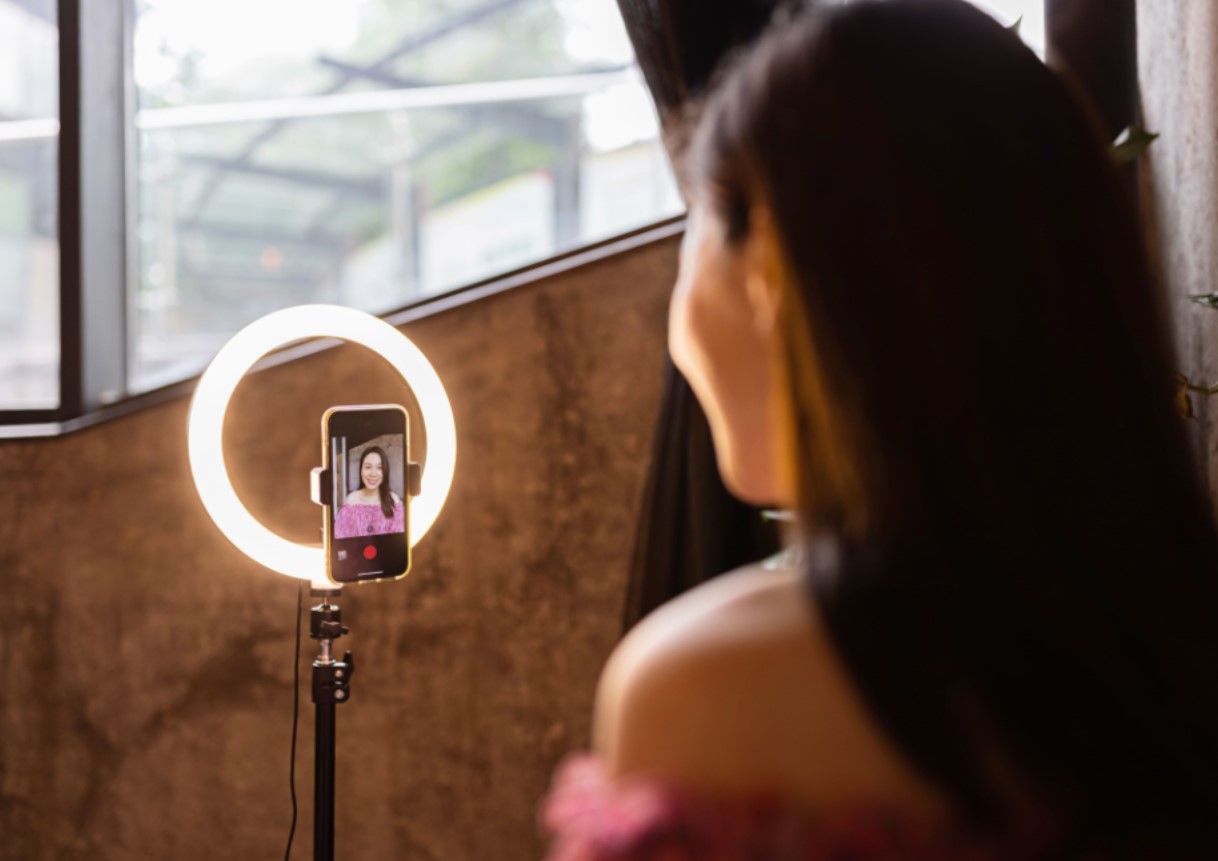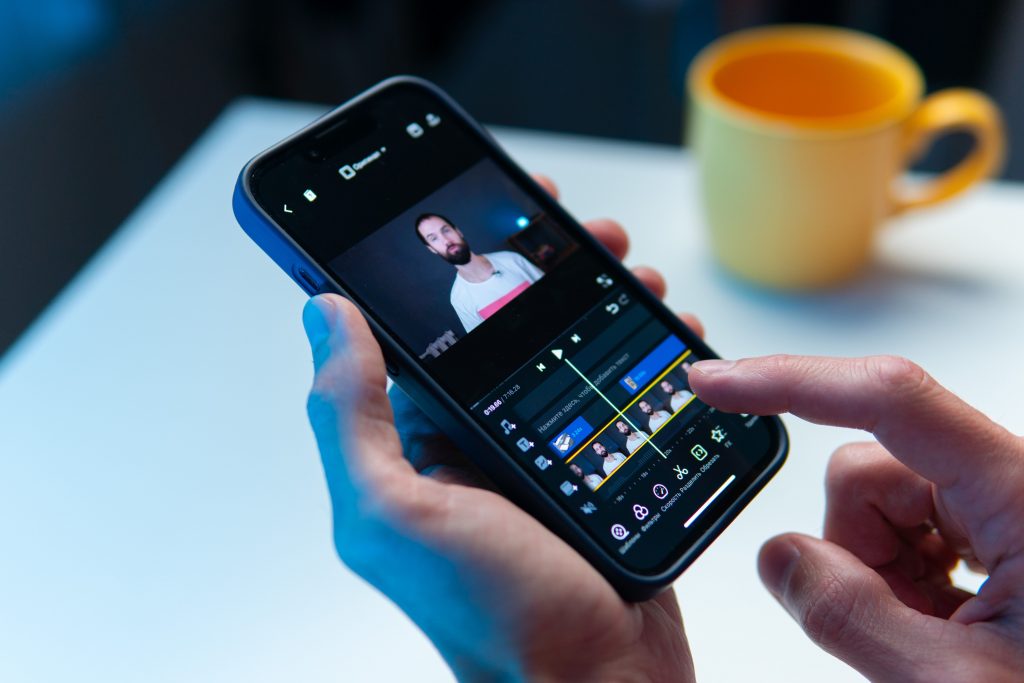2. Choose the Right Location
Selecting the right location is crucial for your video’s success. Natural light is your best friend, so consider shooting near windows or outdoors during the daytime. Avoid noisy areas and use a quiet room or invest in an external microphone to capture clear audio.
3. Use Your Smartphone Wisely
Most modern smartphones come equipped with high-quality cameras and video recording capabilities. Here are some smartphone video techniques to keep in mind:
Horizontal Orientation: Always shoot your videos in landscape mode (horizontal) to ensure they look great on a variety of screens.
Stabilisation: Use a tripod or a stable surface to avoid shaky footage. You can also invest in smartphone gimbal stabilisers for smoother shots.
Manual Settings: Explore your smartphone’s camera settings. Adjust focus, exposure, and white balance manually for better control over your video’s quality.
4. Lighting is Key
Good lighting can make a huge difference in the quality of your video. When shooting indoors, use soft, natural light sources like windows. You can also DIY your own inexpensive lighting setup using affordable LED lights or even household lamps. Experiment with different angles and intensities to achieve the desired look.

5. Audio Quality Matters
Clear and crisp audio is just as important as video quality. Invest in an external microphone that can plug into your smartphone for better sound. Alternatively, you can use a lavalier microphone for hands-free recording. If that’s not an option, make sure you’re in a quiet environment and speak clearly.
6. Edit with Free Tools
Editing is where you can add the finishing touches to your video. You don’t need expensive software to get started. There are several free video editing tools available:
iMovie (iOS and Mac): If you’re using an Apple device, iMovie is a user-friendly option with a range of editing features.



